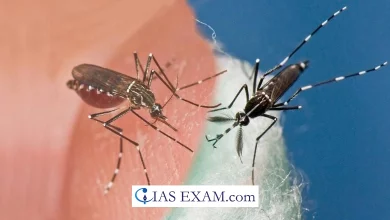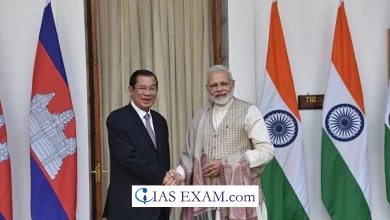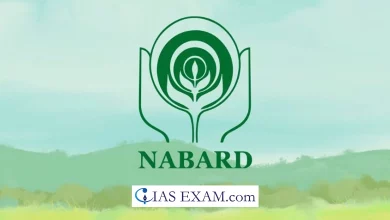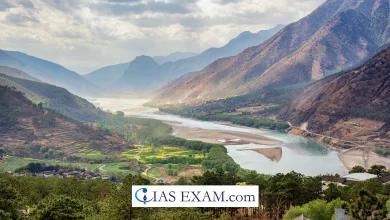Daily Current Affairs for UPSC
Rise in Students Enrollment in higher studies
Topic- Government Policies and Interventions [GS Paper-2]
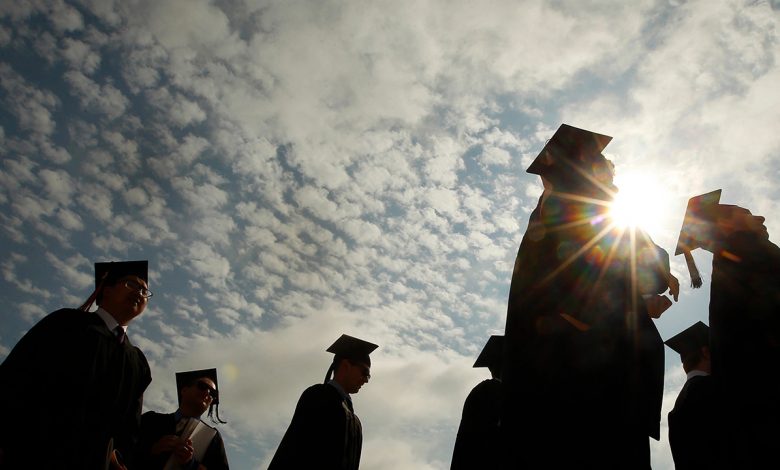
Context- The Union Ministry of Education recently released data from the All India Survey on Higher Education (AISHE), 2020-2021, which showed a 7.5% increase in student enrolments across the country compared to 2019-20, with total student enrolments reaching 4.13 crore.
Key Highlights
- The survey revealed that in 2020-21, the year when the COVID-19 pandemic began, there was a 7% rise in enrolments in distance education programmes.
- The data also showed that there were 2 lakh more SC students who got enrolled in 2020-21 compared to the previous year.
- The year saw about 3 lakh more ST students and 6 lakh more OBC students getting enrolled for higher education.
- There is a notable increase in OBC student enrolment since 2014-15 of around 36 Lakh (32%).
- While the rise was noted in absolute numbers compared to 2019-20, the proportion of SC students dropped to 14.2% in 2020-21 from 14.7% the previous year and the proportion of OBC students dropped to 35.8% in 2020-21 from 37% the previous year.
- Again, the proportion of Muslim students enrolling for higher education dropped from 5.5% in 2019-20 to 4.6% in 2020-21 with the proportion of ‘other minority students’ dropping from 2.3% to 2% in the same period.
- The number of students in the Persons with Disabilities category also dropped in 2020-21 to 79,035 from 92,831 the previous year.
- However, the female enrolment in higher education programmes had increased to 49% of total enrolments in 2020-21 as compared to 45% the previous year and the Gross Enrolment Ratio for all enrolments (as per 2011 Census) increased by more than 2 points to 27.3.
- The highest enrolment was seen at the undergraduate level, accounting for 78.9% of all enrolments, followed by postgraduate level courses, which accounted for 11.4% of the year’s total enrolments.
- While Uttar Pradesh; Maharashtra; Tamil Nadu; Madhya Pradesh; Karnataka and Rajasthan are the top 6 States in terms of number of students enrolled, Uttar Pradesh; Maharashtra; Karnataka; Rajasthan; Tamil Nadu; Madhya Pradesh; Andhra Pradesh and Gujarat are the top 8 States in terms of number of colleges.
Most popular courses
- Among all undergraduate enrolments, the most popular remained the Bachelor of Arts programme, which saw 104 lakh enrolments i.e. 52.7% women; 47.3% men, followed by Bachelor of Science courses, where women outnumbered men.
- It was followed by the Bachelor of Commerce programme, where women accounted for 48.5% enrolments. However in B.Tech and Bachelor of Engineering courses, women accounted for below 30% of all enrolments.
- At the postgraduate level, the most popular courses are in the Social Sciences stream, where women accounted for 56% enrolments in 2020-21, followed by Science courses, where women accounted for 61.3% of all enrolments.
- Except for management courses at the PG-level, where enrolment of women stood at 43.1%, other PG courses saw women outnumbering men.
- At the PhD level, the most popular course was in the field of Engineering and Technology, followed by Science; in both of the disciplines, women accounted for less than 50% enrolments i.e. 33.3% for Engineering and Tech; and 48.8% for Science.
- The overall figures for STEM enrolments at all levels of higher education showed that women lagged behind men, who accounted for more than 56% of enrolments in these fields.
Increase in number of universities
- As per the Education Ministry statement on the AISHE 2020-21 report, during 2020-21, the number of Universities has increased by 70, and the number of Colleges has increased by 1,453.
- The maximum increase came in State public universities and State private universities, that saw an increase of 17 and 38 respectively, followed by a rise of 14 in the number of Institutes of National Importance, and an increase of 3 in the number of Central Universities.
- Government universities constituting 59.1% of total universities contribute 73.1% of total enrolment, whereas the 40% private universities account for only 26.3% of total enrolment.
- The 21.4% government colleges accounted for 34.5% total enrolments in 2020-21, whereas the rest 65.5% enrolments were seen at private aided colleges and private unaided colleges put together.
- The number of students graduating from higher education programmes rose to 95.4 lakh in 2020-21 from 94 lakh the previous year, further adding that the highest graduation was seen in Arts courses at the undergraduate and postgraduate levels – in keeping with enrolment numbers.
- A total of 1,113 universities, 43,796 colleges and 11,296 standalone institutions were registered in AISHE 2020-21.
- Among them, 1,099 universities, 41,600 colleges and 10,308 standalone Institutions have filled and verified their responses,” the report said.
Survey on the status of teachers
- The survey also found that the number of teachers increased across higher education institutes, SC and ST teachers continued to be under-represented.
- At All-India level, 56.2% teachers belong to General category; 32.2% to OBC; 9.1% to SC and 2.5% to ST category.
- Around 5.6% teachers come from Muslim minority group and 8.8% are from other minority groups.
- The survey found that there were 75 women teachers to every 100 male ones across institutes in the country. The teacher-pupil ratio was at 27 for all universities, colleges and standalone institutions and at 24 if only regular mode is considered.
- This concluded that the best teacher-pupil ratio was found in States like Tamil Nadu and Karnataka.





.png)
